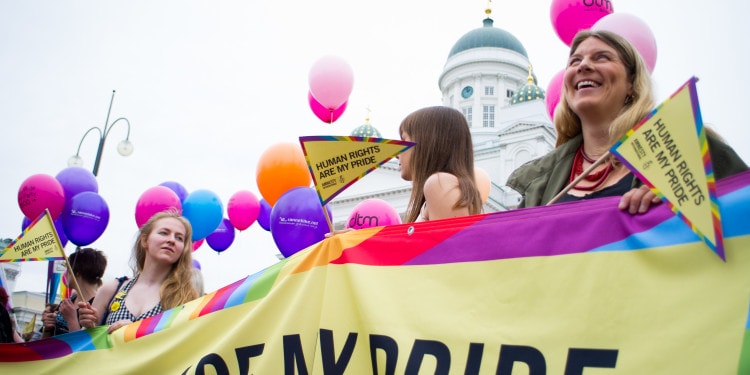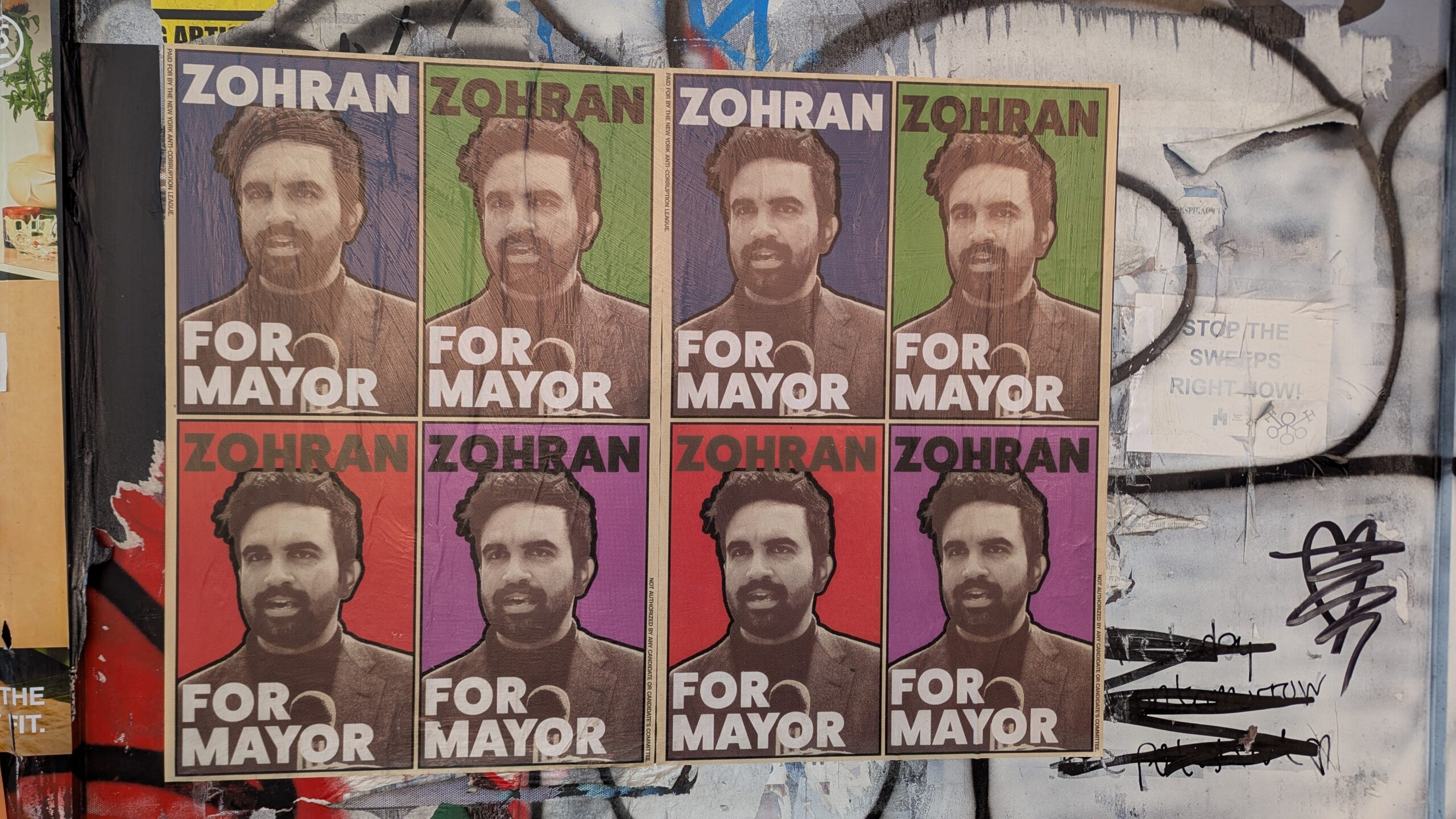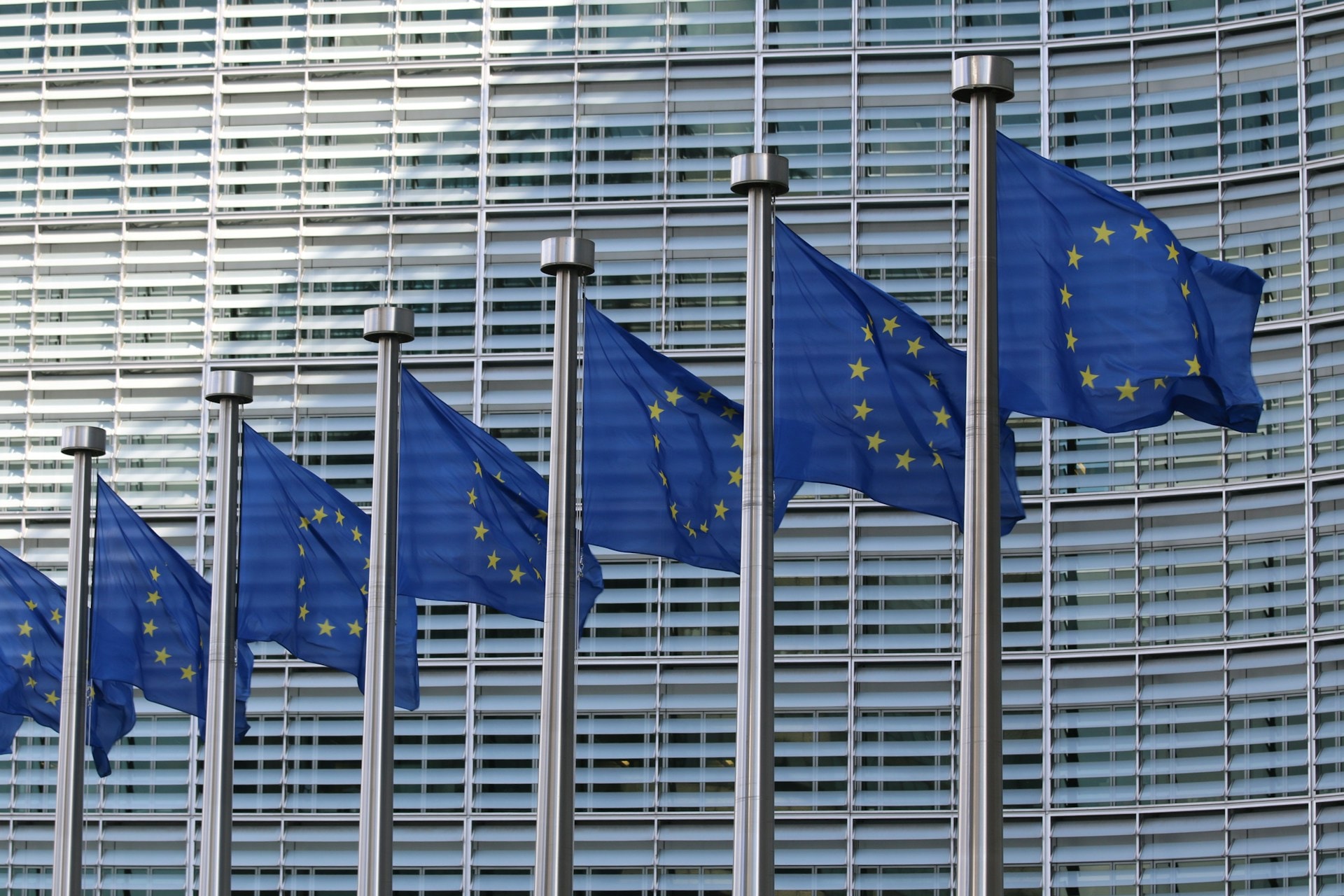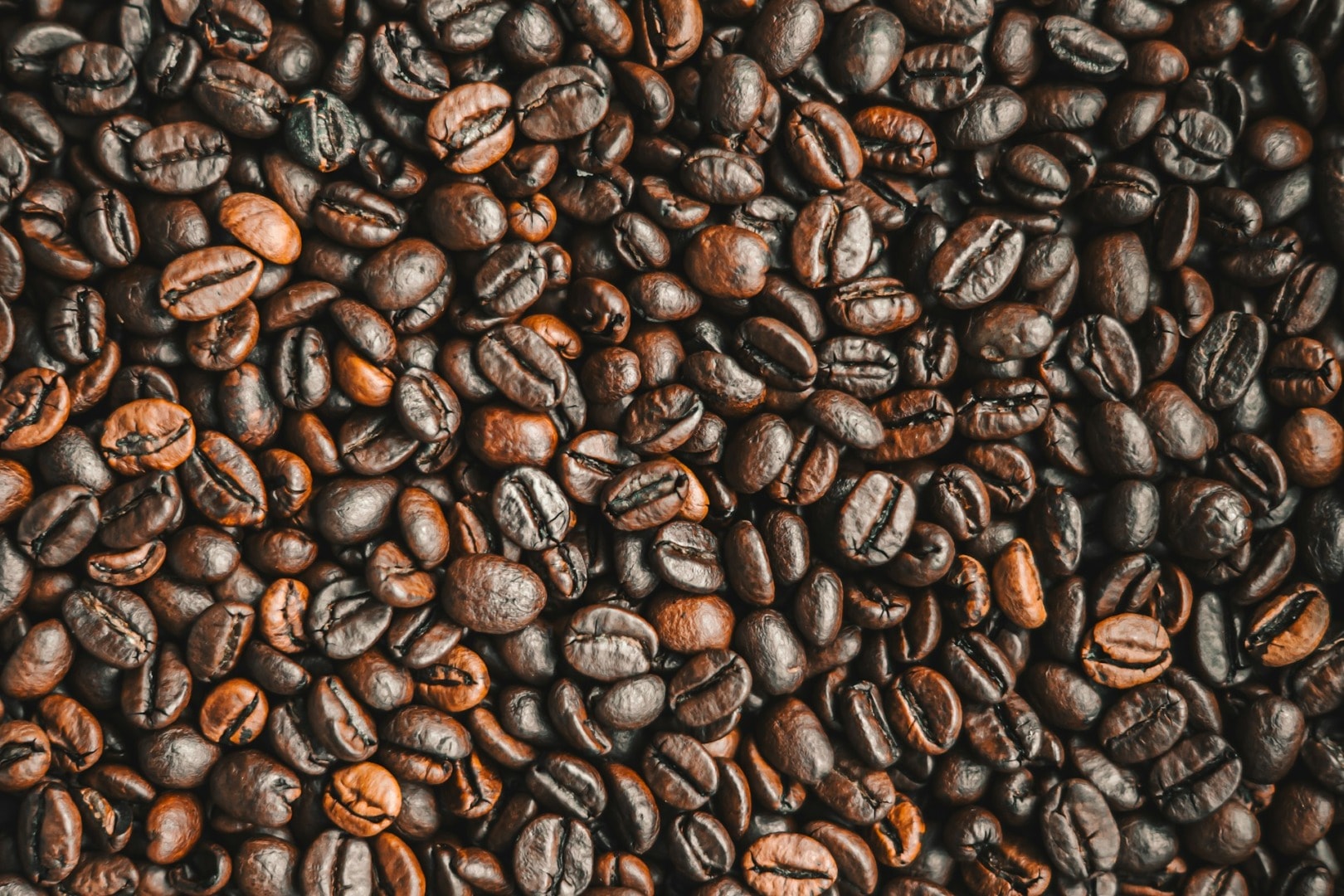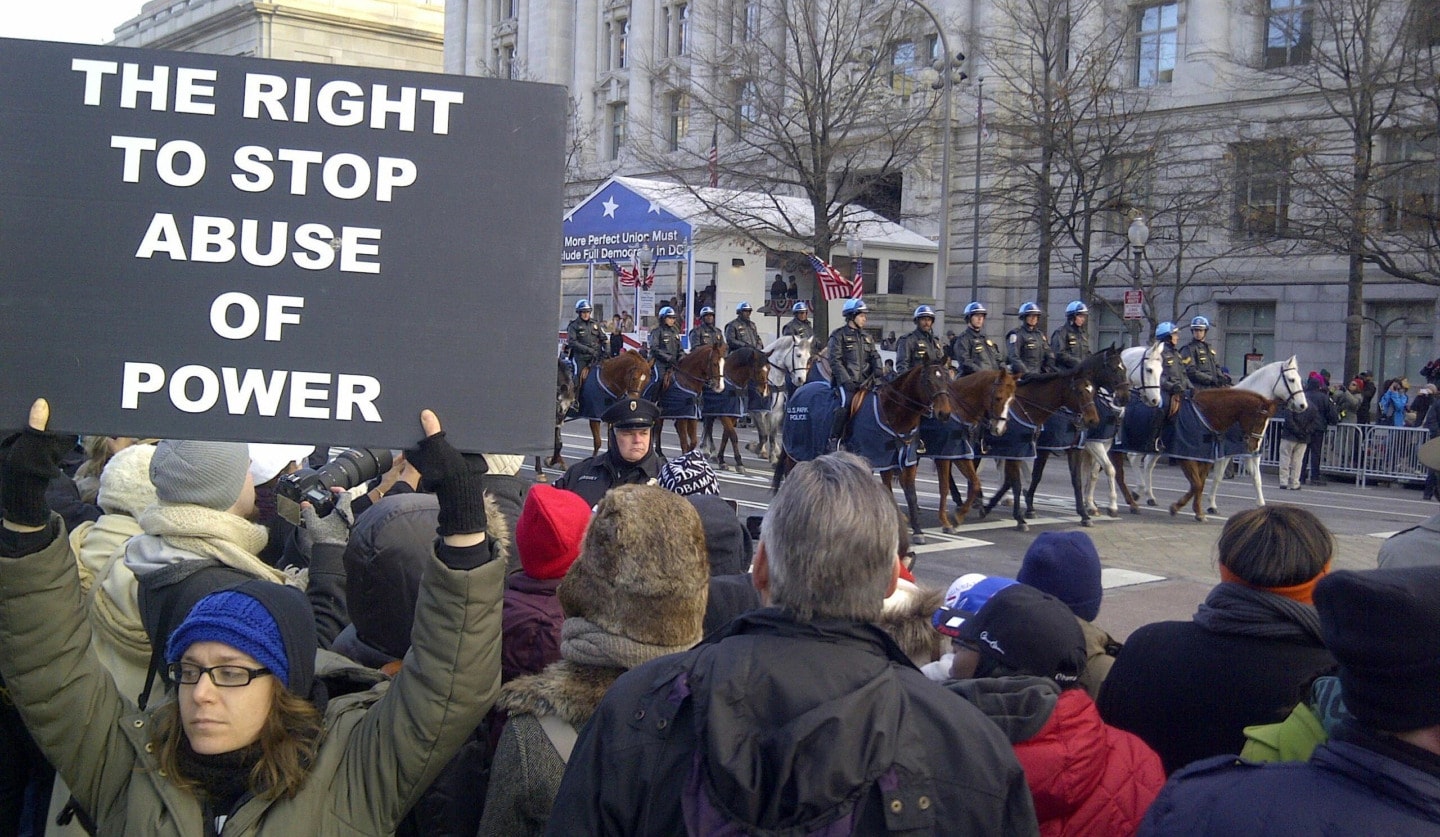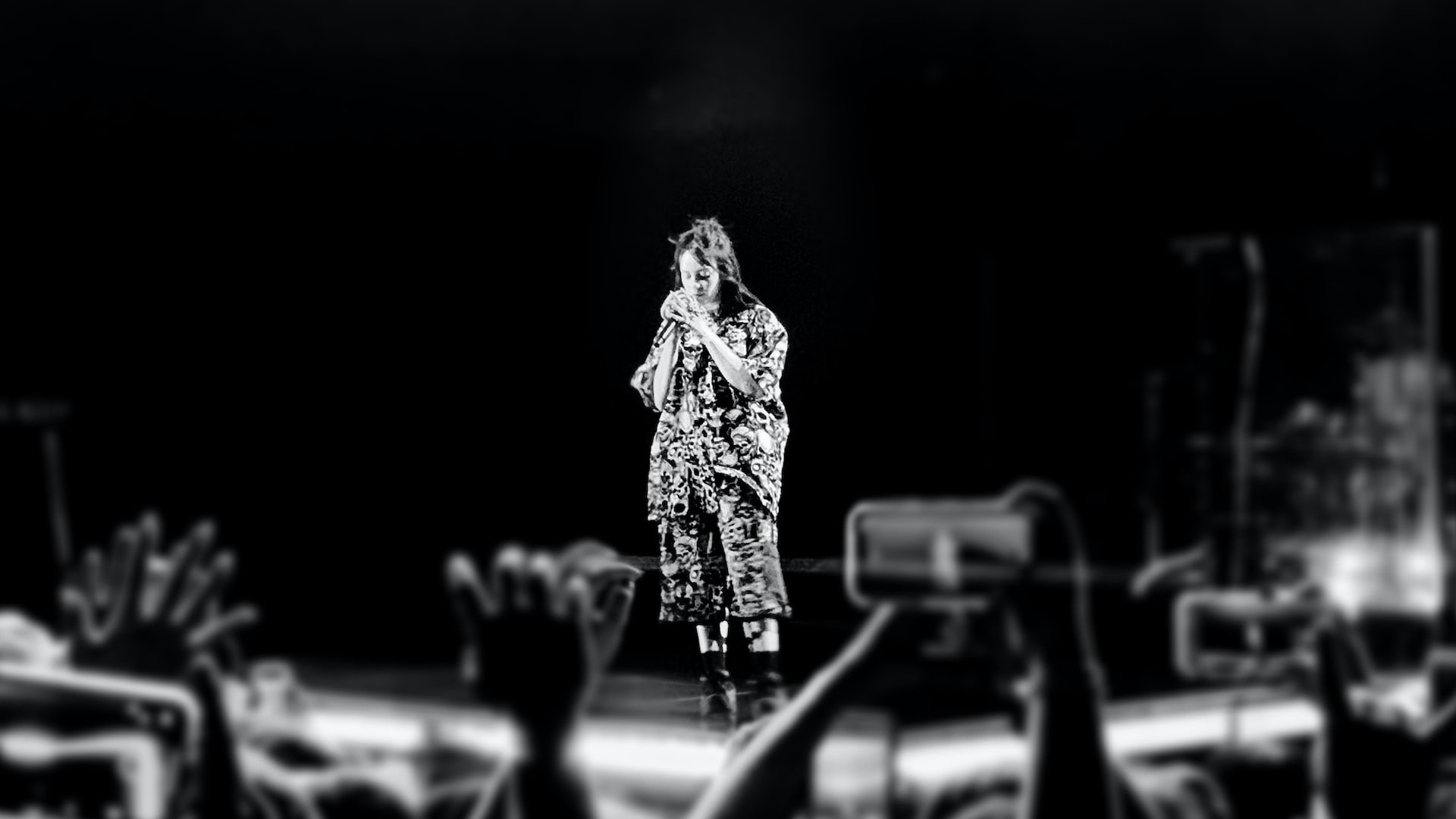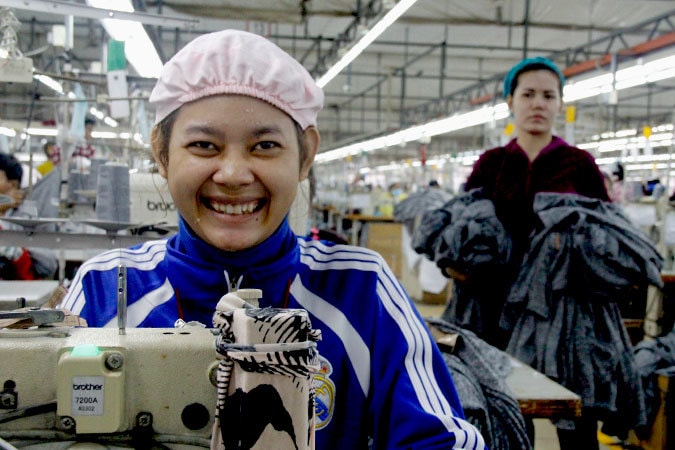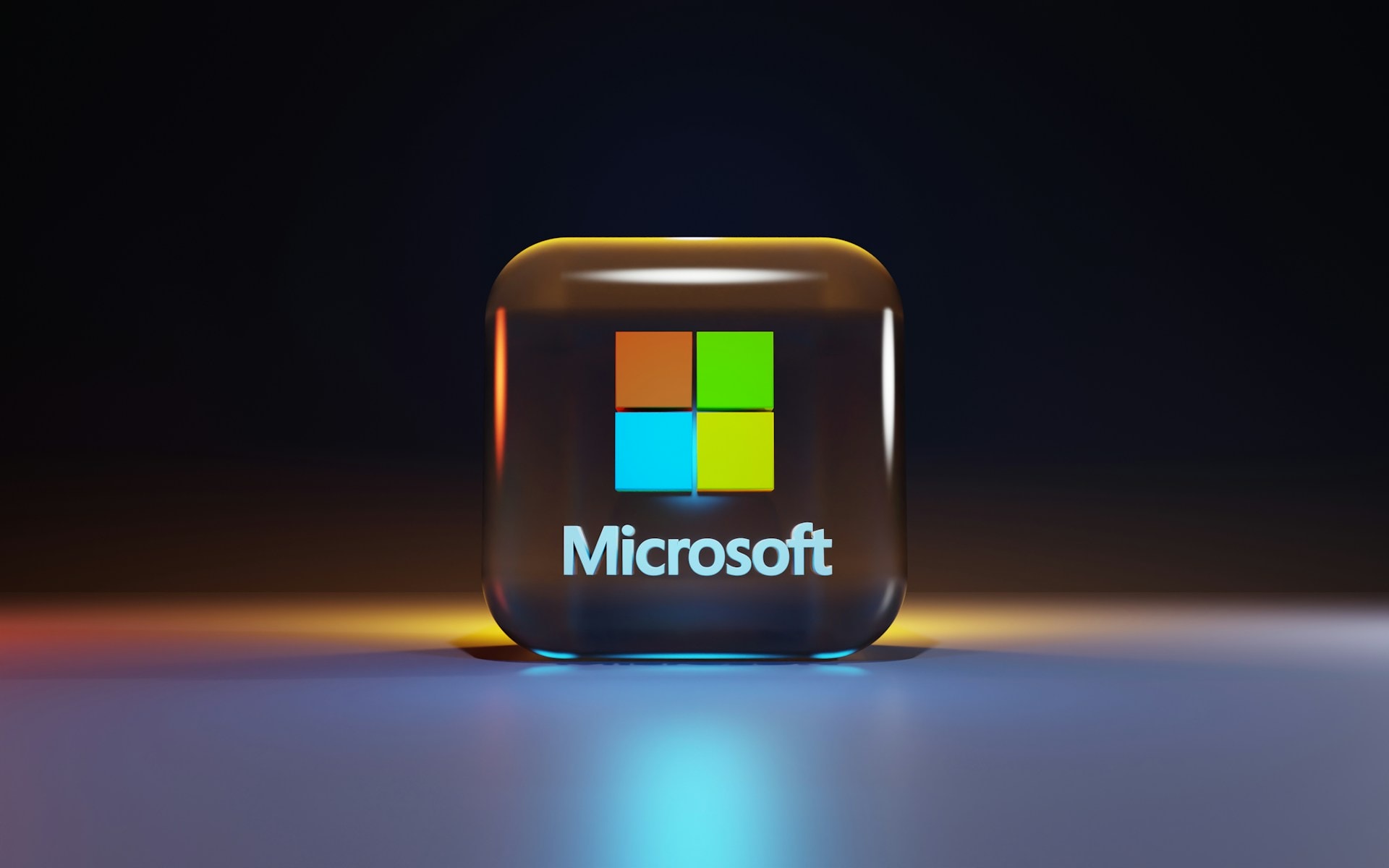In, but Out: In this series, we will discuss the idea of being part of a particular community (African Americans, Female, Disability, Latinos, Christians, LGBT, and any other self-identifying group), but still feel like an outsider. There is an assumption that one should be accepted within their own self identity population, however even within these communities there is a certain level of judgment and discrimination that takes place.
The minority experience is anything but easy. It’s something I would never wish upon my worst enemy. While being able to claim various interesting facets as a part of my own identity, the struggles of each tend to wear down even the strongest of us. Being a racial and sexual minority born in the South, I’d like to think I know a thing or two about the minority experience.
In general, minorities of all types experience varying forms of discrimination, persecution, and negativity. This is certainly the case for sexual minorities. In many pockets of the world, expressing a desire that deviates from heteronormativity can result in emotional or physical abuse. When sexual minorities share their true selves with others, they are often met with opposition from people who feel uncomfortable with others who do not fit into their world view. These types of experiences are exclusive to people who identify as anything but the norm. History has proven these claims time and again, and, especially within the LGBT community itself, contention develops when people within the LGBT community are forced to reckon with how other layers of diversity may affect one’s own experiences within a community. This is due to a lack of understanding regarding the burden of intersectionality in identity.
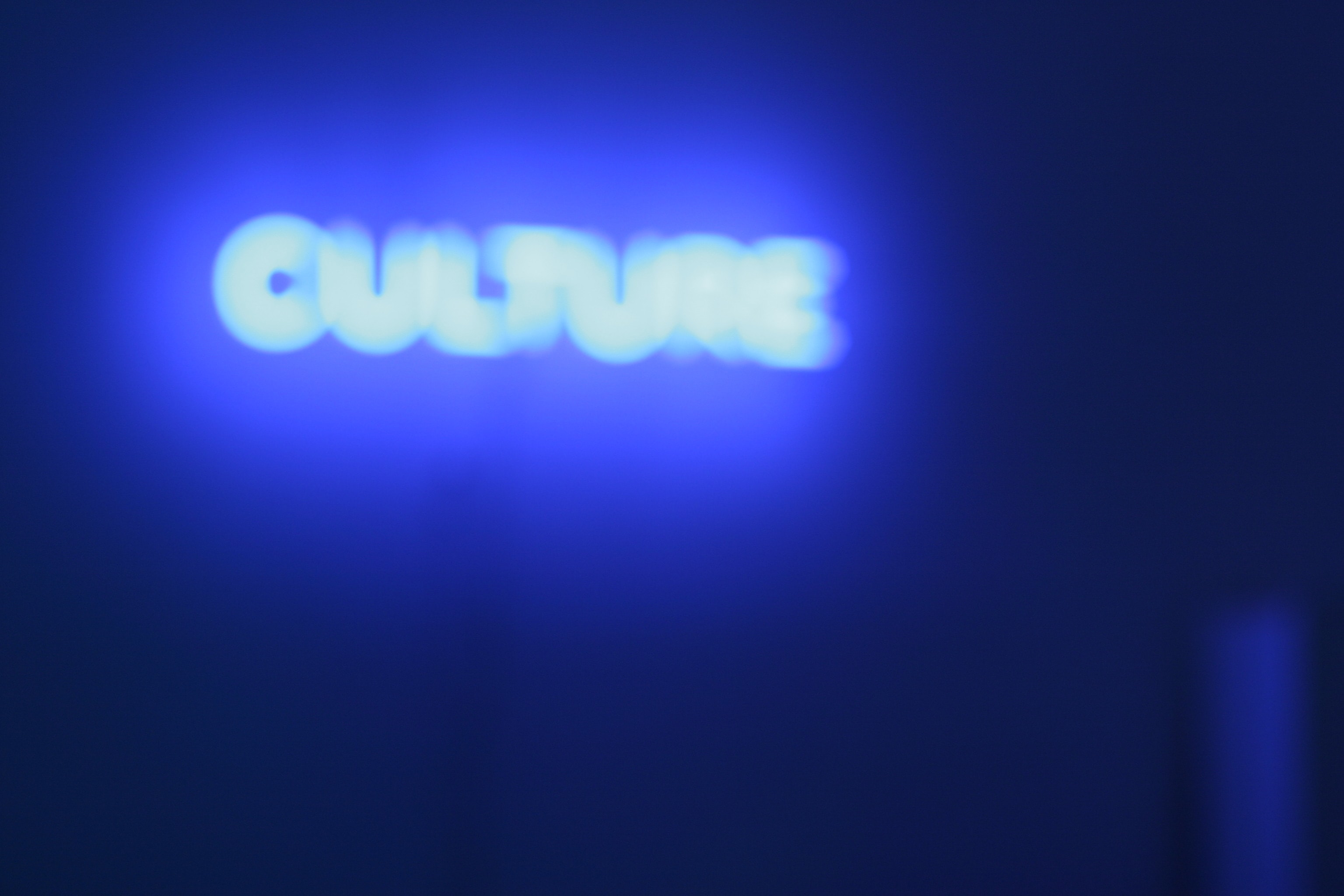
In the photo: Terms like intersectionality, privilege, and societal norms tend to be out of focus for many in the general public. Fear not – I will try to help explain them in time. Photo credit: Flickr
Intersectionality. It’s a word that made its debut in the late ’80s, has swept its way through sociology courses on college campuses, and has become a buzzword for anyone dealing with identity politics during the past 10 years. I, myself, was first introduced to the word and concept in my Intro to Queer Studies course at LSU (GEAUX TIGERS!). It’s a word that encompassed the very air I breathed. It described the dynamic of identity that I had always tried to make sense. It perfectly summed up the conflicting aspects of one’s being. It’s the gateway drug to those dealing with discrimination: it helps us make sense of how race, class, socioeconomic standing, gender, religion, ethnicity, and much more, can overlap and affect how others perceive you.
For many people, intersectionality is a hard concept to grasp. Combine this perception with privilege and you have a recipe for misinterpretation and disaster. Some believe that by claiming a minority status, their experience within a minority identity is representative of all people’s experiences as that minority.
Take any sort of minority group – each one experiences some form of stigma. One could postulate that the more minority groups one identifies with, the more discrimination and stigma that person may experience. One could assume that a black, queer woman would, in essence, have a more difficult life experience than a heterosexual white male just by virtue of her experiences as a woman, compounded with her experience as a black person, and topping it off with her queer identity. Her life will be just a little harsher, her earning potential just short of the people around her, her ability to say with certainty that she gets everything she deserves not as strong as a white male’s ability. She would have to work that much harder to be taken seriously in today’s heteronormative, white, male-dominated world. Assuming that you haven’t clicked this article off your browser yet, this is where things start to get interesting: even within minority groups, there exists a hierarchy of privilege. The same constructs that affect majority groups permeate into minority group structures and wreak havoc on individuals who cannot pass or assume a less stigmatized identity.
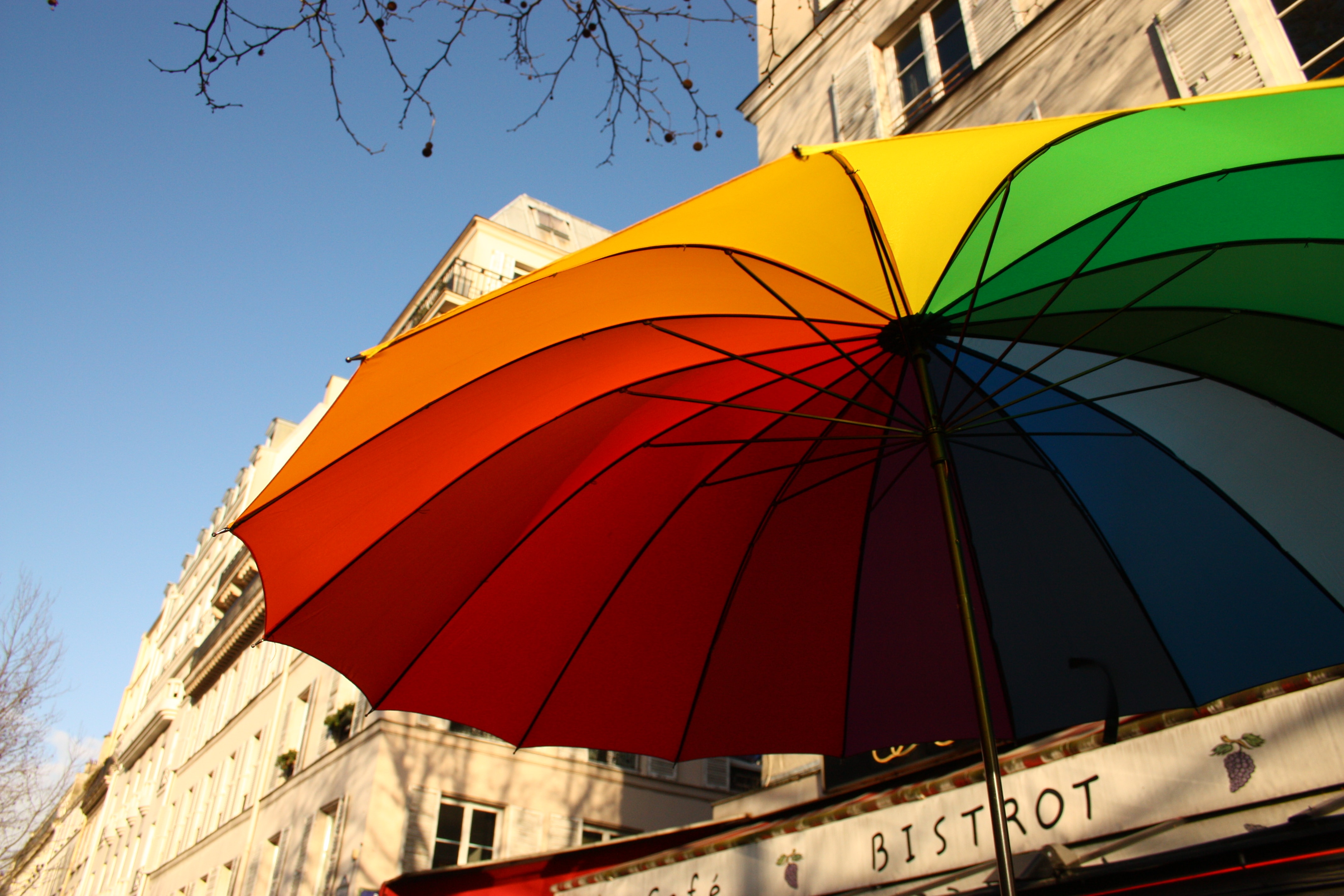
In the photo: The LGBT community represents more than just those persons who are most visible. It acts as an umbrella, housing some of the most vulnerable populations, including the often-vilified and heavily-stigmatized transgender communities of color. Photo credit: Flickr
In terms of LGBT history, while the very beginnings were sparked by riots led by leading trans activists, the people who were working within the system to fight for LGBT rights were predominantly gay, white males. This isn’t to say that racial and sexual minorities within the community did nothing – they were leaders in various aspects of the equal rights and visibility causes. Society in general, especially during the first couple of decades in the fight for LGBT rights, tended to favor affluent, white males who could pass. Because of this, these people were able to use their privilege to push and shape the LGBT Rights agenda.
As a result, many milestones reached during this time were central to this subsection’s own focus. I say this neither commending nor condemning it – there are many positives that came out of this, but there were many causes ignored. Due to this privilege, much of the conversation regarding the LGBT Rights movement is still controlled by this prominent group. As a result, even the celebrations of Pride and gayness cater predominantly to this group. That’s not to say lesbians or even people of color don’t have their own spaces – these more nuanced spaces exist in major cities like New York City and San Francisco. But, on average, the major events and those with the greatest reach and engagement tend to be spaces created for gay, affluent, and white males.
When I first opened myself up to the LGBT community, I had found a group that was accepting of me joining their ranks. They were happy to have another person essentially “join the cause,” if you will. Mind you, that acceptance did not necessarily translate to me gaining a whole new circle of friends – the kindness afforded to me by others in the Southern LGBT circles did not stretch that far. Instead, I had become acquaintances with a bunch of people I could head-nod or acknowledge in a crowd, but not a group who would invite me out to dance and have a night on the town with them.
Within the context of any minority community, various privileges and hindrances command one’s experience, subjugating those who are unlucky to be in the minority. I, Kittu Pannu, define myself as an Indian-Malaysian, Southern, Sikh, gay male, among other things. Within the LGBT community, there are certain characteristics that give me a higher “social currency” and “value” in the eyes of fellow community members. These include my height and stature, my gay identity, my gender, and even (thankfully) my good looks. Being male and gay in the LGBT community allows me to identify with majority groups within the community. Being perceived as attractive provides me with an ability to command attention from others who may not necessarily give me the time of the day otherwise. And, of course, being a male in the community allows me access to the majority of programs and activities that are advertised to our community. Now, while these characteristics allow me to scale the heights of social interactions in LGBT spaces, there are certain characteristics that may be perceived as weaknesses or hindrances within the community. Some of these include one’s general physique, body hair, skin color, mannerisms, desire to “enhance” one’s experience using recreational drugs, and much more.
https://www.instagram.com/p/BRttAoBAX7w/
In the photo: It’s me! Did I mention I’m a die-hard Britney Spears fan? #YouBetterWorkBitch Photo credit: @KittuPannu
This year, I attended D.C. Pride, NYC Pride, and ended the festivities with an extended weekend in Provincetown. While I had a blast during my travels, I was acutely aware of how my various forms of privilege and other characteristics influenced how others perceived and interacted with me.
The events my friends and I attended were some of the more heavily-marketed ones, promoting a more white, gay male-centric experience, with advertisements featuring buff males in various poses, wearing very little clothing. Sometimes, we would see an advertisement that featured a Latinx or Black individual, but they were far and few between. To this day, I have yet to see an Indian or Middle Eastern featured on any sort of marketing collateral for any major events. But, I digress.
The first major hurdle was shelling out the amount of money associated with these events. Tickets, when bought well in advance, were around at least 30 dollars per party, with admission the day of reaching upwards of 175 dollars at times. This requirement automatically discourages those who are less financially successful from attending. Then, when I looked around at the general makeup of the crowd, I saw gaggles of muscular, in-shape men. There would always be a couple of people who did not fit the mold, as well as one or two racial minorities sporadically throughout the various groupings. More than often, I would find groups of white males together, stalking around for their next prey. My own group was more diverse, featuring a token white male, a Latino, and two Indian males.
Like clockwork, at least with the all-white groups, one guy, Party-goer, would initiate contact with my white friend while his friends ignore the rest of us. I, being the gregarious person I am, would approach Party-goer’s friends and begin as much of a conversation one can have on a dance floor, but these people would normally be interested only in that one friend who, to them, represented attractiveness. Often, the other guys in the group would become rude, or find the closest white male dancing around us to converse with. They would glare at me for daring to approach them, as if I defied social cues by dancing in their space.
And that’s the thing. These parties, while inclusive in description, are everything but in practice. These types of spaces tend to place on a pedestal the motifs of societal attractiveness that have been engrained in all of us from a young age. This culture perpetuates the muscular body standards, the light skin, the masculinity complexes, the overall need to fit into a specific look or box. I believe this may be a byproduct of bringing together large groups of people, or maybe it has to do with the undercurrent of societal norms that many of us in the LGBT community still buy into. It’s hard to disregard the institutional racism, sexism, and other -isms that plague us in everyday life, but it helps to acknowledge and actively take steps to remedy the situation. At the end of the day, I am truly happy that I didn’t waste time talking to people who did not want to have a legitimate conversation, but it also does not help to continually see people treat you as less than because of factors outside of one’s control.
We, as a community, champion diversity. But when it comes to celebrations, we perpetuate a specific type of gayness – one that meets the demands of societal norms and fits into our preconceived notions of attractiveness. As a result, those who don’t conform to these ideals get lost in the shuffle, or worse – they are told they don’t matter. As a community of minorities, it is up to us to change how we interact with people who may not adhere to our understanding of what is attractive. It is up to us to recognize that what we consider attractive has been engrained in us from a young age based on our environment and exposure to media and other materials. The more we acknowledge the beauty in others, especially those who are different than us, the more united we can be as a community. Currently, our US administration has it out for minorities of all types. Whether they’re attacking LGBT people through trans bans or Muslims through travel bans, minorities are clearly in the crosshairs of the executive branch.
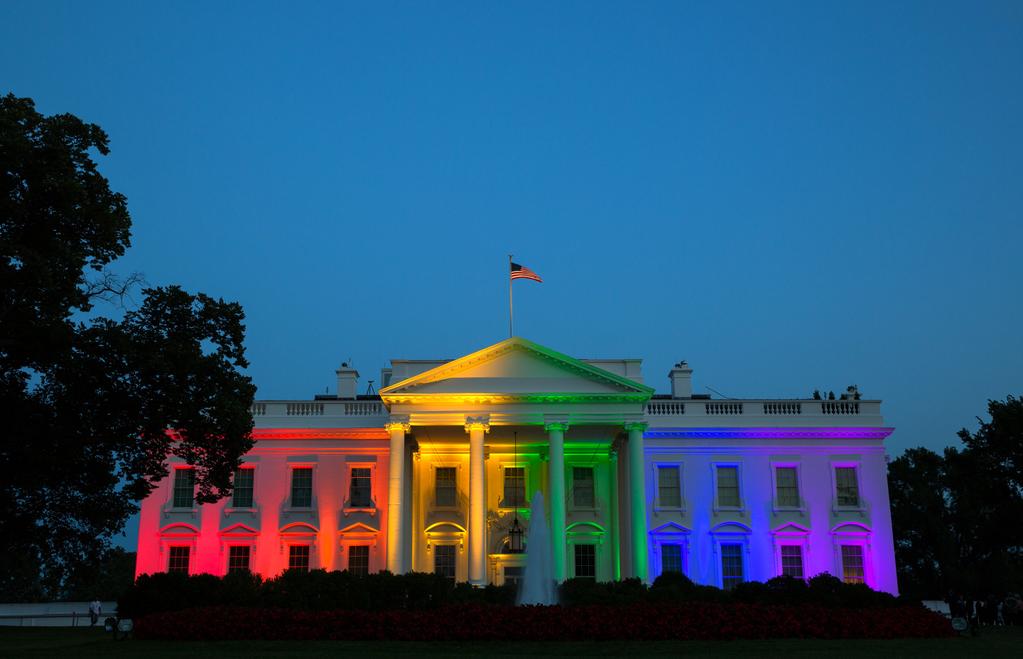
In the photo: Gone are the days of Obama-era protections for minorities. President Trump has it out for minorities of all shapes and sizes. Photo credit: White House Press Office via Wikipedia
As I reflect on these issues, I think about what can be done. Obviously breaking down the structural and institutional aspects of racism, sexism, (toxic) masculinity, and other detrimental issues are a major step in the right direction. But, in terms of what those who deal with these pressures on a daily basis can do to alleviate these stresses, I would suggest not placing oneself in situations that would contribute to negative self-perceptions and coming to terms with one’s own self. Loving yourself. Accepting yourself for who you are, flaws and all. Because, as famous drag queen entertainer and LGBT community mother RuPaul says:
If you can’t love yourself, how in the hell you gonna love somebody else?
With knowledge comes responsibility. And yes, the world may be harder on us minorities, but we have the ability to change it by meeting these obstacles head-on. By working that much harder to be the person we are proud of. When we say “screw it” to the preconceived notions and societal norms that are placed upon us, we gain so much power. And confidence. Because, trust me, that power and confidence is so much more attractive than conforming to what certain groups deem acceptable.


